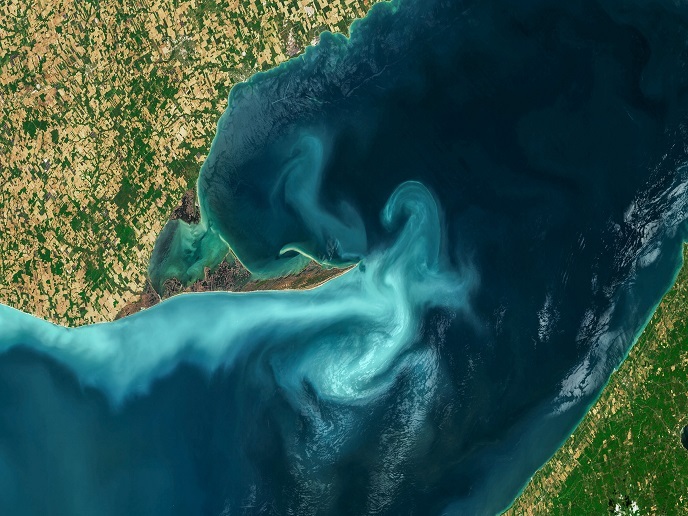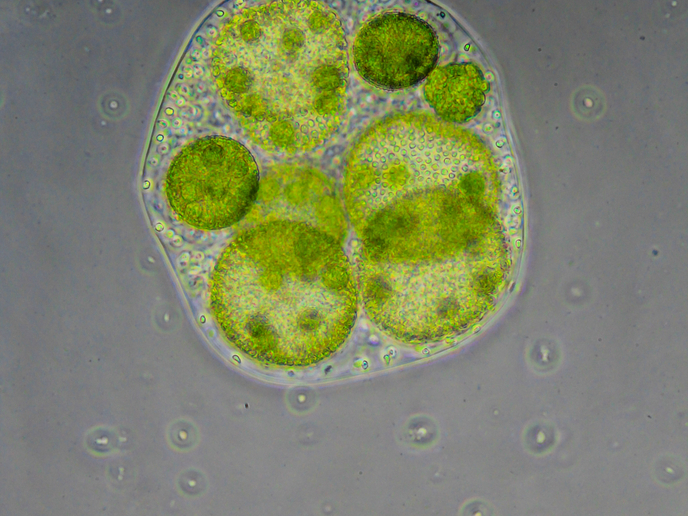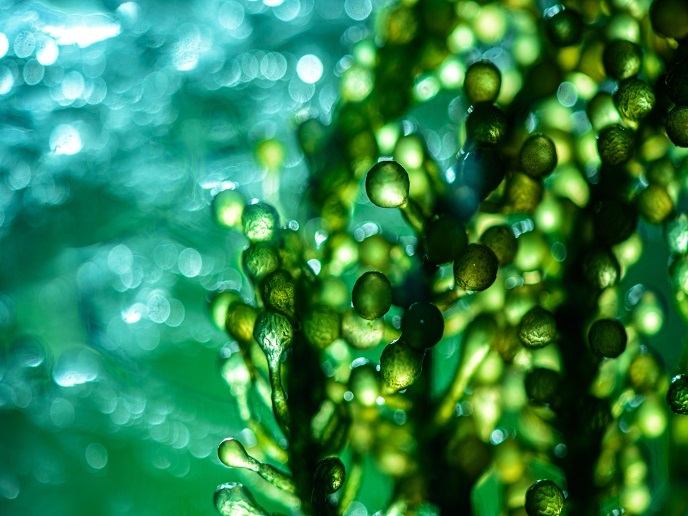Tracing the global marine carbon cycle from the molecular level
The ocean harbours a vast reservoir of dissolved organic carbon, much of which is composed of glycans – sugar-based molecules created by photosynthetic organisms. These glycans are highly diverse molecules, and emerging evidence suggests certain types of glycans can sequester carbon for hundreds of years. “In order to get a better understanding of marine carbon glycan flows at the molecular level, we need precision chemical tools,” explains Conor Crawford, a postdoctoral researcher at the Max Planck Institute of Colloids and Interfaces. “These tools will allow us to scientifically approach questions in marine carbon cycle research with the same technical rigour that is required in medical research,” he adds. In the MARINEGLYCAN project, undertaken with the support of the Marie Skłodowska-Curie Actions programme, Crawford and his colleagues sought to bridge this technological gap by developing a set of biochemical tools to study how marine glycans flow in ecosystems. This transdisciplinary endeavour integrated chemistry, microbiology, biochemistry and ecology. The primary objectives of the project included creating small molecule inhibitors to regulate microbial carbon cycling, developing tools to sense and quantify glycan degradation in complex communities, and advancing automated glycan synthesis.
Honing in on marine microalgae
Marine microalgae play a crucial role in capturing and storing CO2 as glycans. A better understanding of this process could unlock new pathways for carbon sequestration, impacting atmospheric CO2 levels significantly. “To put it in perspective, a 1 % increase in the carbohydrate or glycan carbon pool would have a larger effect on atmospheric CO2 levels than the immediate stop of all fossil fuel burning by humans,” says Crawford. During the project, the researchers developed automated methods to synthesise different types of marine glycans and tools, such as Förster resonance energy transfer (FRET) probes. These molecular sensors can be used to detect, quantify and isolate microbes with rare carbon-degradation activities in an activity-based fashion, something not possible with current technology. The team used these innovations with collaborators to explore, define and expand our understanding of how microbes and microalgae interact. “Each tool allowed us to study how algal glycans and microbial proteins interact at the molecular level,” notes Crawford. “This biomolecular understanding is crucial for understanding how and what types of glycans are rapidly digested, released into the atmosphere as CO2; and identifying those capable of storing carbon for hundreds or even thousands of years.” Enhancing our understanding of algal glycans, microbial degradation mechanisms and the overall carbon cycle lays the foundation for innovation, which is key to addressing the climate and biodiversity emergency, says Crawford. Tools developed in the project could also be used to discover the bioactive epitopes of sulfated marine glycans – known to have antiviral, anticancer and neuroprotective properties. “The team remains committed to delving deeper into algae’s molecular intricacies, although the future trajectory of this research relies significantly on obtaining funding,” he says.
Keywords
MARINEGLYCAN, carbon cycle, ocean, glycan, synthesis, chemical, tools







